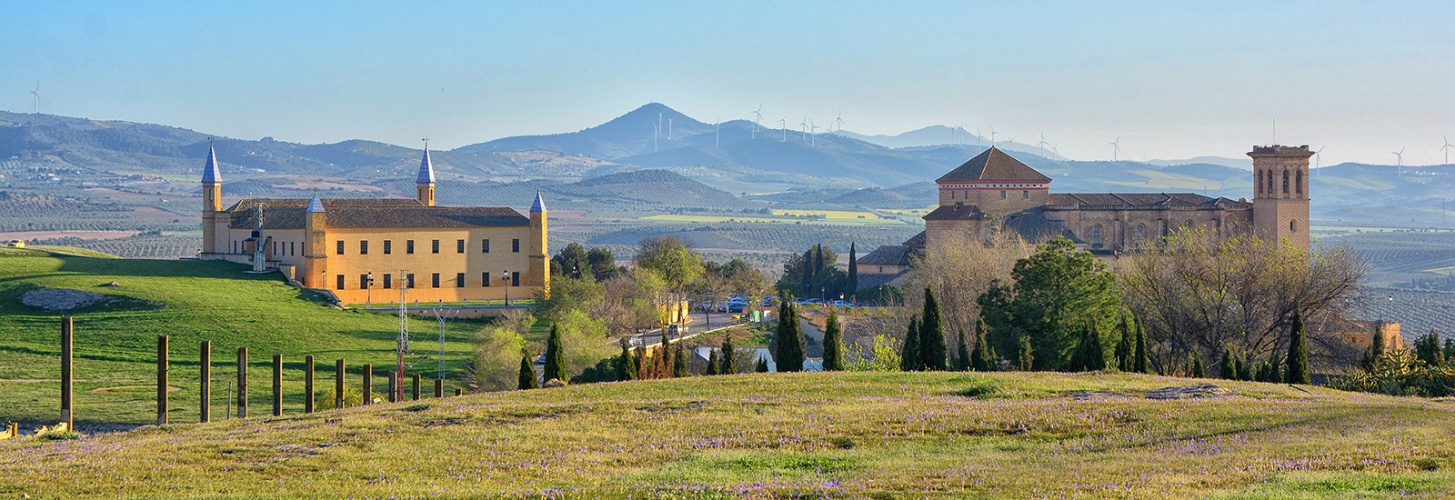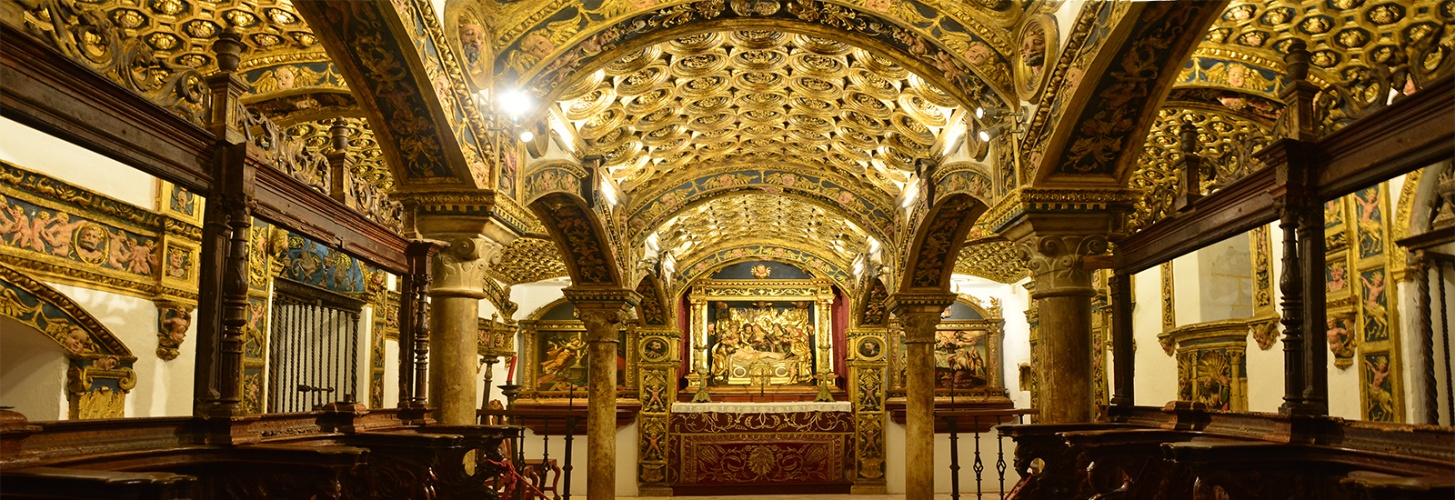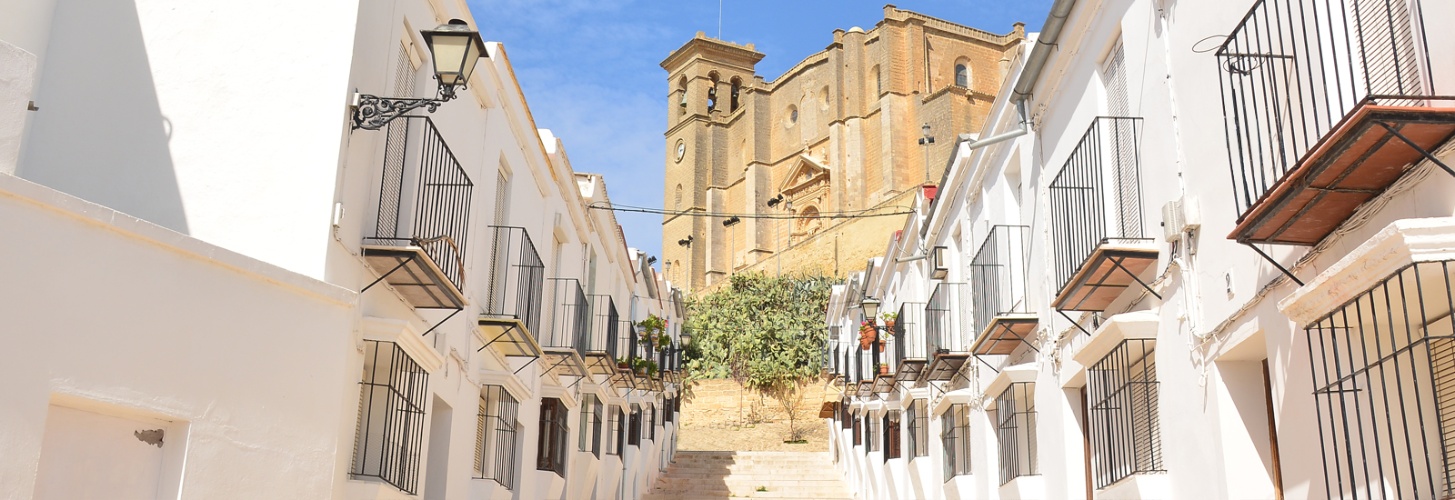La Gomera Path
|
TIPOLOGY OF PATHS |
NAME |
TIME |
DISTANCE |
|
SL-A 159 |
LA GOMERA |
50 minutes |
2,8 km |
It is located in km 13,4 km, A-451 road to the Saucejo. Being an asphalt road in the first stretch, it becomes a dirt road some kilometres after. It is the Cañada Real de Ronda which comes from Nuestra Señora de Fátima street and goes through the Salado River and the spots of: Boca del Sabinal, Marchelina, El Vínculo, Piedra del Cristiano, Rancho Caballero, Cortijo Vendaval, Rancho Pescao until it reaches the Gomera’s spring (first route’s interest spot).
Then we arrive at the Gomera’s recreational area, where thanks to the signing of a collaboration agreement between the municipality of Osuna and the Ministry of Environment of the Junta of Andalusia, la Cañada Real was recovered and provided with public environmental equipments. Finally, we reach the thalweg between the Gomera and the Gomerón, where we find a magnificent spot for bird watching. If you are attentive and quiet, you can enjoy the flight and song of different birds, such as: The Griffon Vulture (Gyps fulvus), Real owl (Bubo bubo), vulgar Kestrel and Kestrel lesser (Falco tinnuculus and Falco naurnanni), Pigeon (Columba palumbus), Common Zorzal (Turdus philornelos), Jackdaws (Corvus monedula), Starling (Sturnus unicolor), Montesina Cogujada (Galerida keys), etc.
The Gomera´s Spring
This spring is located within an ancient watering-resting place known as the Fuente de la Gomera. It has an area of two hectares. Cañada Real de Ronda and the vereda de El Colmenar converge here, being a much-appreciated rest and livestock watering place for the migrating cattle. Spot is located within the area of the Gomera, and it is part of the Middle Subbetic Hills.
Main accidents here are: the Gomera, with 810 m. and the Gomerón, 754 m. Many streams water this area. Their banks are riparian forests, as the Gomera’s stream banks. In this mountain area, the dominant ecosystem is the Dehesa, whose first exponent is the Quercus Rotund folia Oak. The dense distribution of Quercus Rotund folia Oaks and Quercus fagineas, or Portuguese Oaks create an authentic microclimate due to the abundant grey areas generated. It contributes to the enrichment of organic matter and allowing the development of other species.



